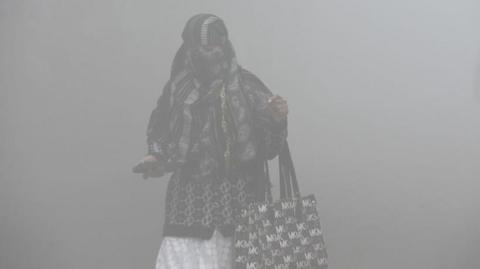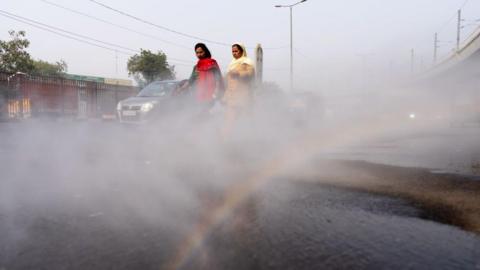Saurabh Bhasin loved Delhi, the city where he was born.
Growing up, he longed for the winter months which offered a brief escape from the Indian capital’s long and harsh summers.
But over the years, his yearning for winters turned into fear. Air pollution increasingly crossed hazardous levels between October and January, leaving the city’s skyline hazy and air poisonous. Ordinary activities like walking outdoors or even playing with his child at home started feeling stressful and risky.
In 2015, Mr Bhasin, a corporate lawyer, filed a petition in the Supreme Court on behalf of his toddler - along with the fathers of two six-month-olds - seeking a ban on the use of firecrackers, which are burst mostly during festivals and weddings.
“The alarming rate of deterioration of the quality of air in Delhi due to air pollution [is] caused by, but not limited to, traffic congestion, dust from widespread construction, industrial pollution and the seasonal use of firecrackers,” his petition said.
The court issued guidelines to regulate the use of crackers but Delhi's air continued to deteriorate.
In November 2022, Mr Bhasin's daughter was diagnosed with asthma. Earlier this year, he and his family left for the coastal state of Goa, around 2,000km (1,242 miles) away, where they live now.
It's not a choice available to millions in Delhi, who cannot leave their livelihoods and are forced to live through the smog.
But a small number of people who have the means are choosing to move out - either permanently or during winter.
Mr Bhasin is one of them.
“We know that bringing [his daughter] to Goa doesn’t mean her asthma will go away. But we are sure that had we kept her in Delhi, the chances of it getting worse would have been much higher,” he says.


